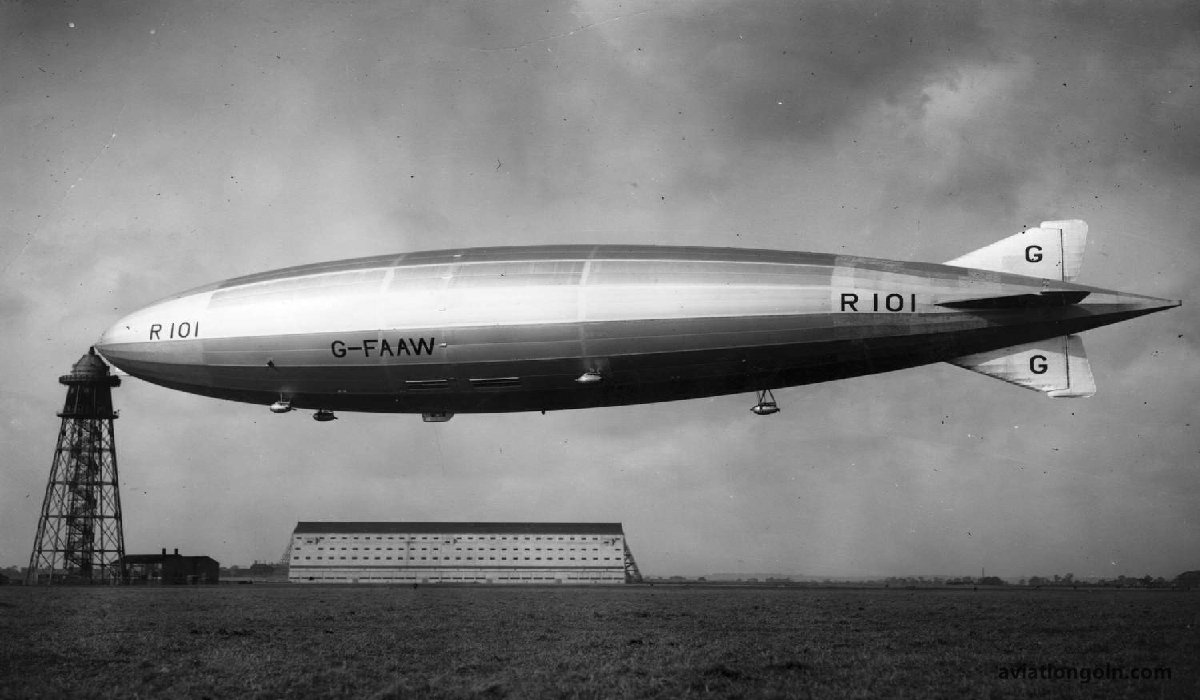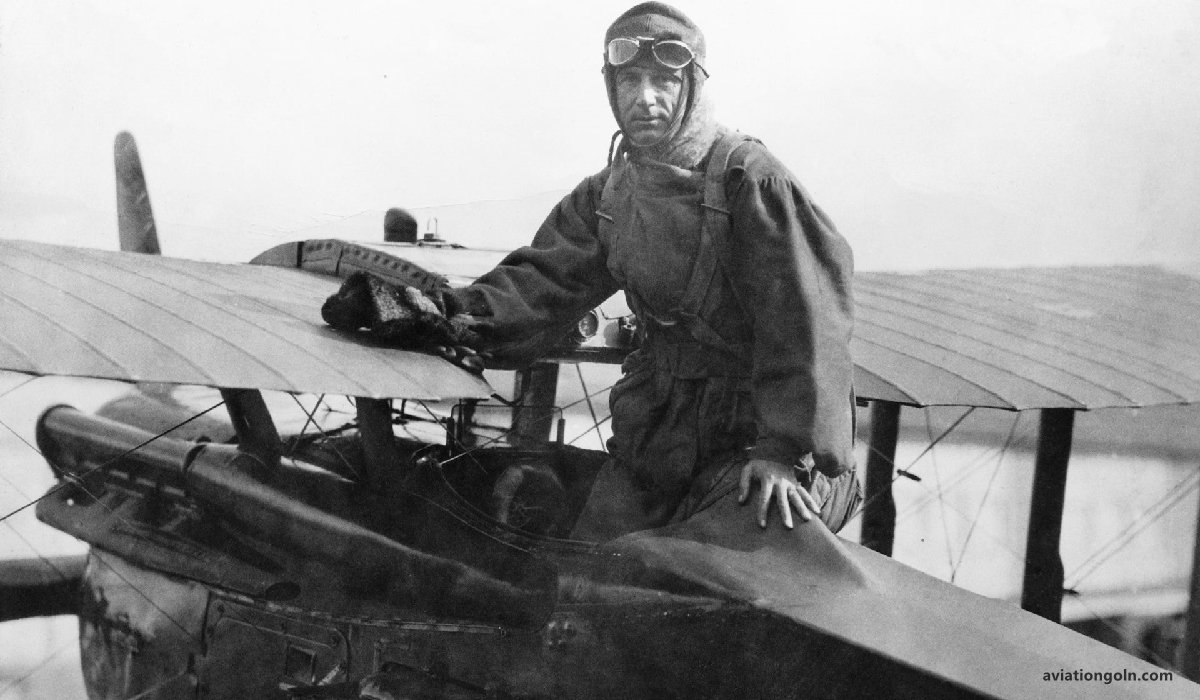The Birth of Aviation: When we look up to the skies today and see jumbo jets carrying hundreds of passengers, fighter planes soaring through the clouds, or helicopters hovering over our cities, it’s easy to forget that powered flight is a relatively recent human achievement. The history of aviation is a tale of human endeavor, experimentation, and innovation. Let’s delve into the birth of aviation to understand the key events and figures that shaped this groundbreaking journey.
The Birth of Aviation
Early Flights of Fancy
Humanity’s desire to fly can be traced back to ancient civilizations. Myths, legends, and historical records from various cultures often include references to flying machines, winged gods, or human flight. The Greek myth of Icarus, the Chinese legend of the kite, and Leonardo da Vinci’s intricate sketches of flying machines testify to mankind’s long-held dream of soaring in the skies.
Yet, these early aspirations mostly remained in the realm of imagination, philosophy, and, occasionally, basic scientific theorization. The real birth of aviation needed both theoretical understanding and practical experimentation.

Lighter-than-Air Machines
Before the advent of airplanes, several inventors and enthusiasts experimented with ‘lighter-than-air’ machines, such as balloons and airships.
The Montgolfier brothers, Joseph-Michel and Jacques-Étienne, are credited with pioneering balloon flight. In 1783, they showcased their hot air balloon, lifting a sheep, duck, and rooster off the ground. Later that year, the brothers also facilitated the first human flight, marking a significant milestone in aviation history.
However, these initial flights, while astonishing, had limited control over direction. To address this, the dirigible, or the airship, was introduced. Helmed by a rudder and driven by engines, these vehicles allowed for more precise aerial navigation. Pioneers like Ferdinand von Zeppelin improved the design, leading to the iconic ‘Zeppelin’ airships.

The Path to Heavier-than-Air Flight
While balloons and airships marked significant advances, they were at the mercy of the winds and didn’t represent the vision humans had for controlled, powered flight. For that, the world turned its attention to ‘heavier-than-air’ machines.
Groundwork and Theories
Sir George Cayley, an English baronet and engineer in the early 19th century, is often termed the “Father of Aeronautics”. Cayley proposed the idea of a fixed-wing aircraft with separate systems for lift, propulsion, and control. He even built a glider that successfully carried a human passenger, laying vital theoretical and practical groundwork for future aviators.

The Glider Era
Following Cayley’s initial designs, gliders became a focal point for aviation pioneers. Otto Lilienthal, a German aviator, made significant contributions in this area. He meticulously studied bird flight and translated those observations into over 2000 glider flights. His work directly influenced future aviation pioneers, including the Wright brothers.
The Wright Brothers and Powered Flight
Orville and Wilbur Wright, two American brothers with a background in bicycle repair and fabrication, began their aviation journey by studying the works of Cayley, Lilienthal, and other pioneers. Recognizing the importance of control, the Wrights developed a three-axis control system, allowing the pilot to maintain the aircraft’s equilibrium.
After numerous tests and modifications to their designs, the Wright brothers achieved the first controlled, sustained, and powered flight on December 17, 1903, in Kitty Hawk, North Carolina. Their aircraft, the Wright Flyer, flew for 12 seconds, covering 120 feet. This short flight heralded a new era in human history.
The Wrights’ success was built on understanding the need for a balance of power, lift, control, and structural integrity. Their iterative approach, emphasizing experimentation and adaptation, set a template for future aircraft development.

Global Expansion and Innovations
After the Wright brothers’ success, aviation technology proliferated worldwide. European inventors and aviators made significant strides:
- Louis Blériot: In 1909, he became the first person to fly across the English Channel in a heavier-than-air aircraft, bringing attention to the potential of aviation for transportation and defense.
- Glenn Curtiss: An American rival to the Wright brothers, Curtiss made substantial innovations in aircraft design and control. His rivalry with the Wrights, known as the ‘patent wars,’ played a significant role in advancing early aviation technology.
The period between 1903 and 1914 saw rapid advancements in aircraft design, leading to the first commercial and military applications.

World War I and the Militarization of Aviation
The outbreak of World War I in 1914 provided an unexpected catalyst for aviation advancements. Both the Allies and Central Powers recognized the potential of aircraft for reconnaissance, combat, and transportation. This led to rapid innovations in aircraft design, aerodynamics, and armament.
Fighter planes, bombers, and surveillance aircraft soon became integral to warfare strategy. The war also produced ace pilots whose aerial exploits would capture the public imagination, like the Red Baron, Manfred von Richthofen. Post-war, many of these military aircraft were repurposed for civilian use, leading to the dawn of commercial aviation.

Looking Back
The birth of aviation is a testament to human ingenuity, perseverance, and the relentless pursuit of knowledge. From ancient myths to gliders and the Wright brothers’ powered flight, the journey was marked by both setbacks and triumphs. Each pioneer, whether known or unsung, contributed to humanity’s dream of soaring the skies.
Today, as we board flights that traverse continents or marvel at spacecraft exploring the cosmos, it’s essential to remember and celebrate the foundational moments and figures in aviation’s rich history. They not only changed how we perceive distance and geography but also expanded the boundaries of human potential.

Read more:
